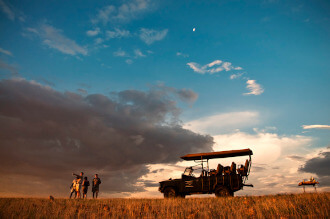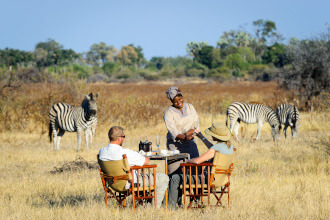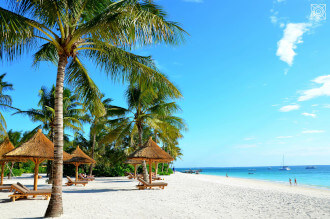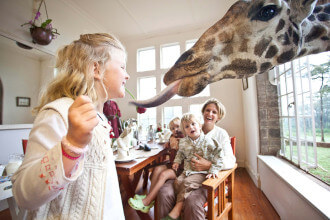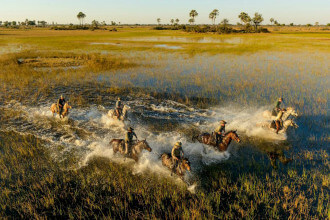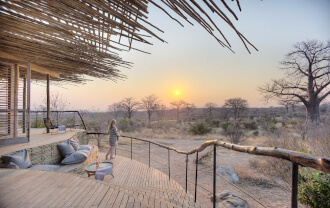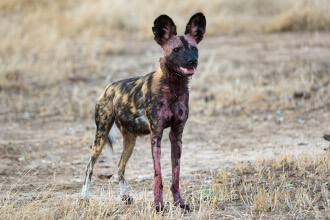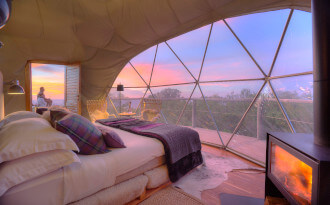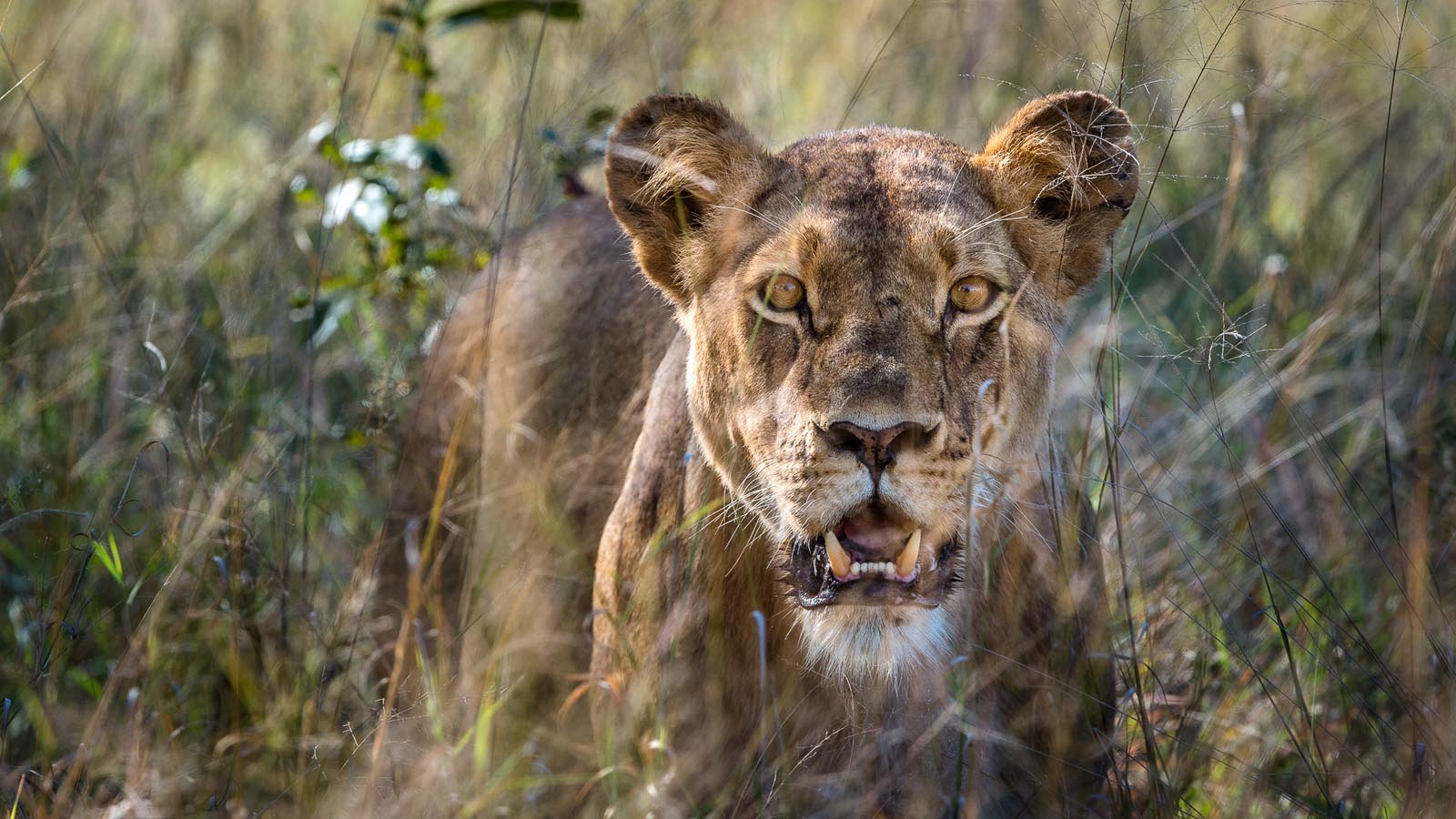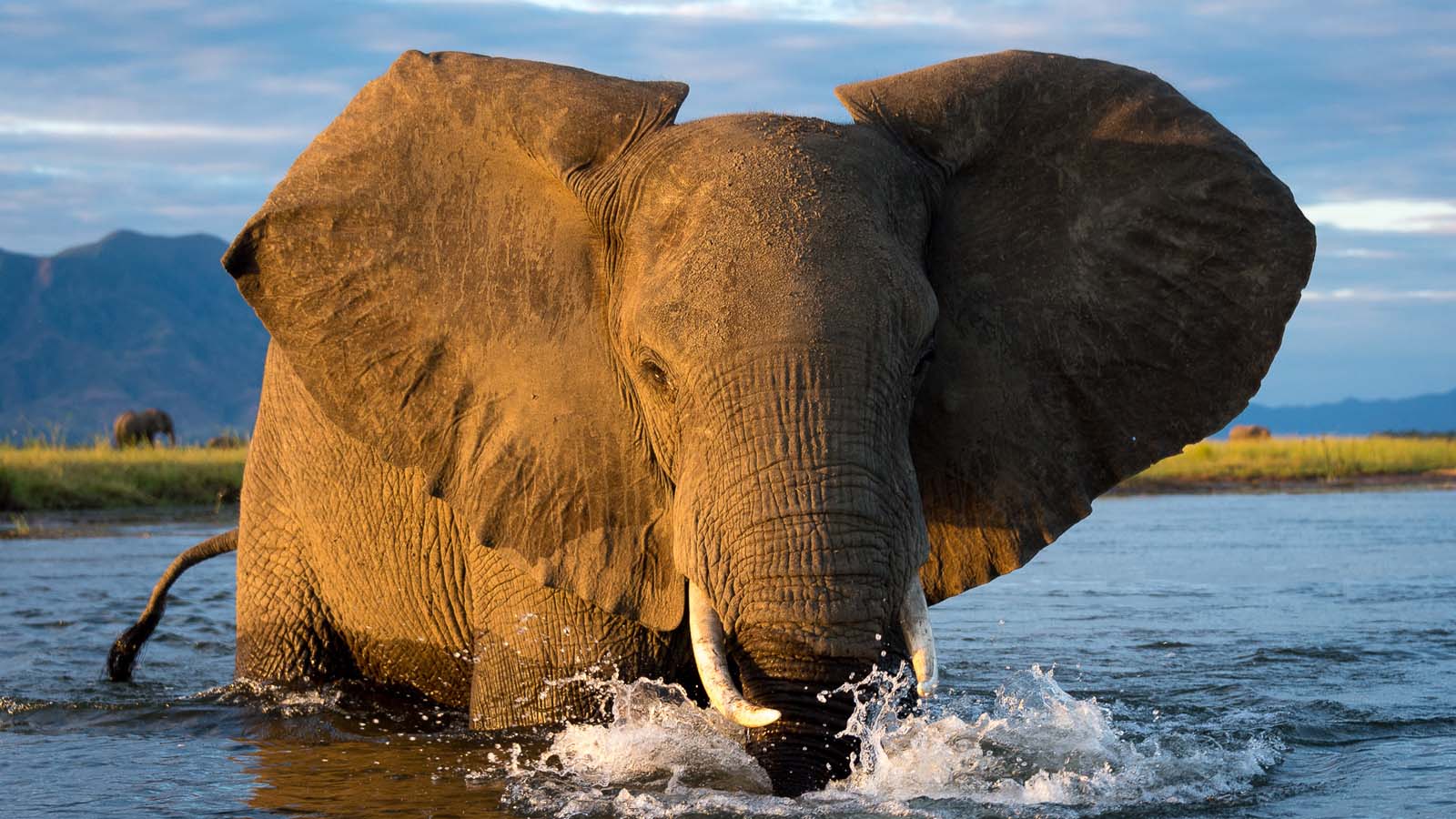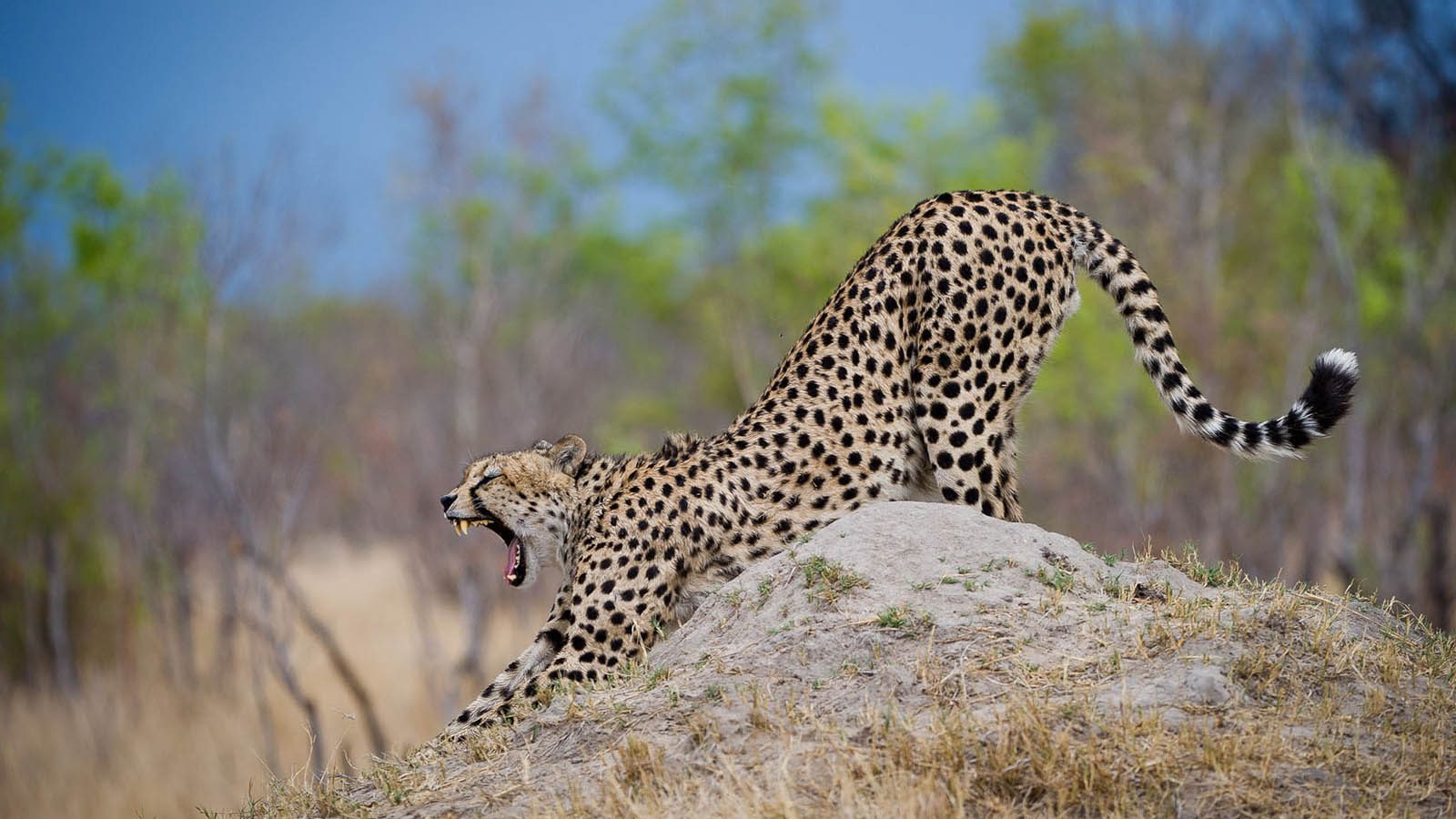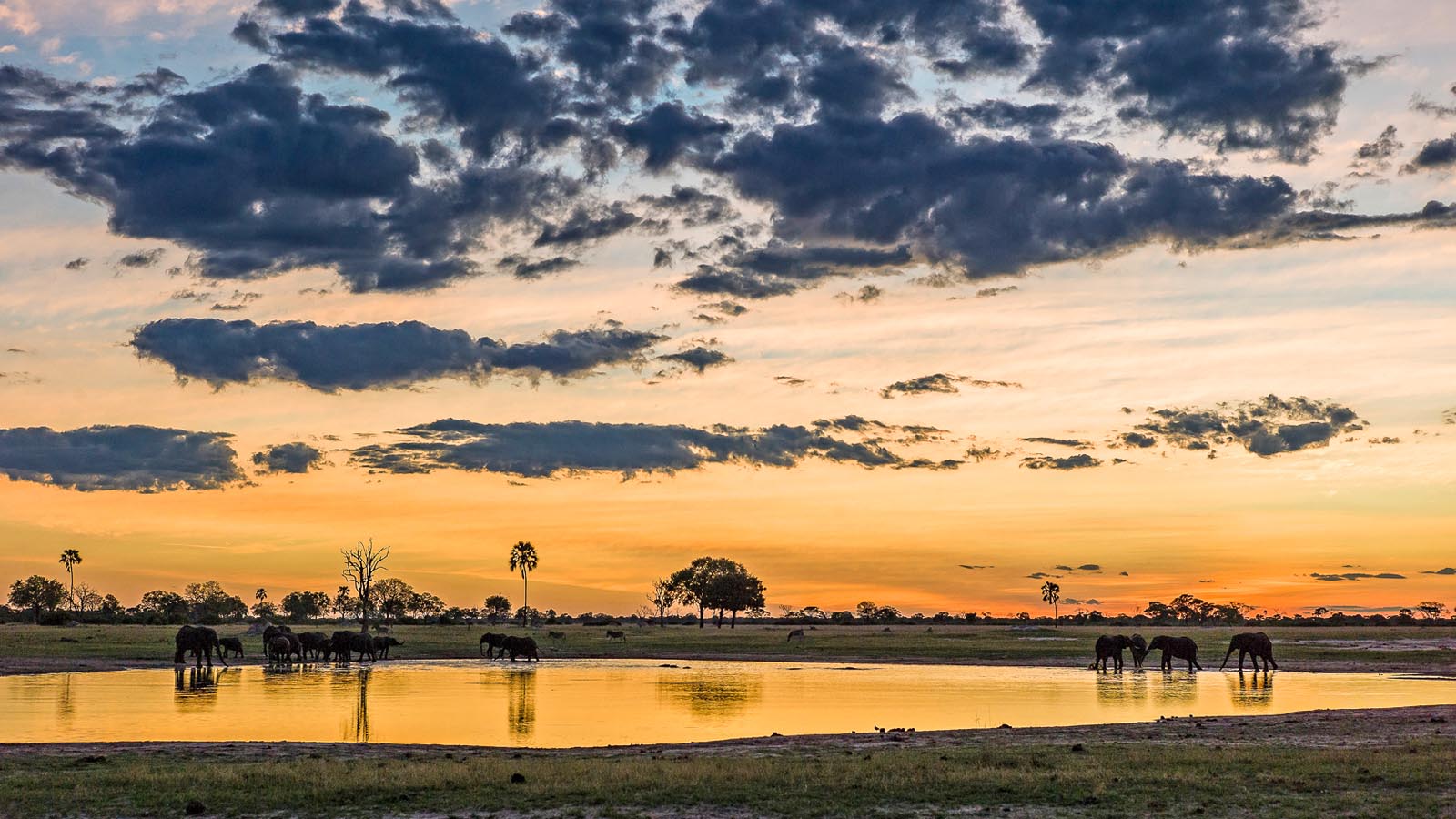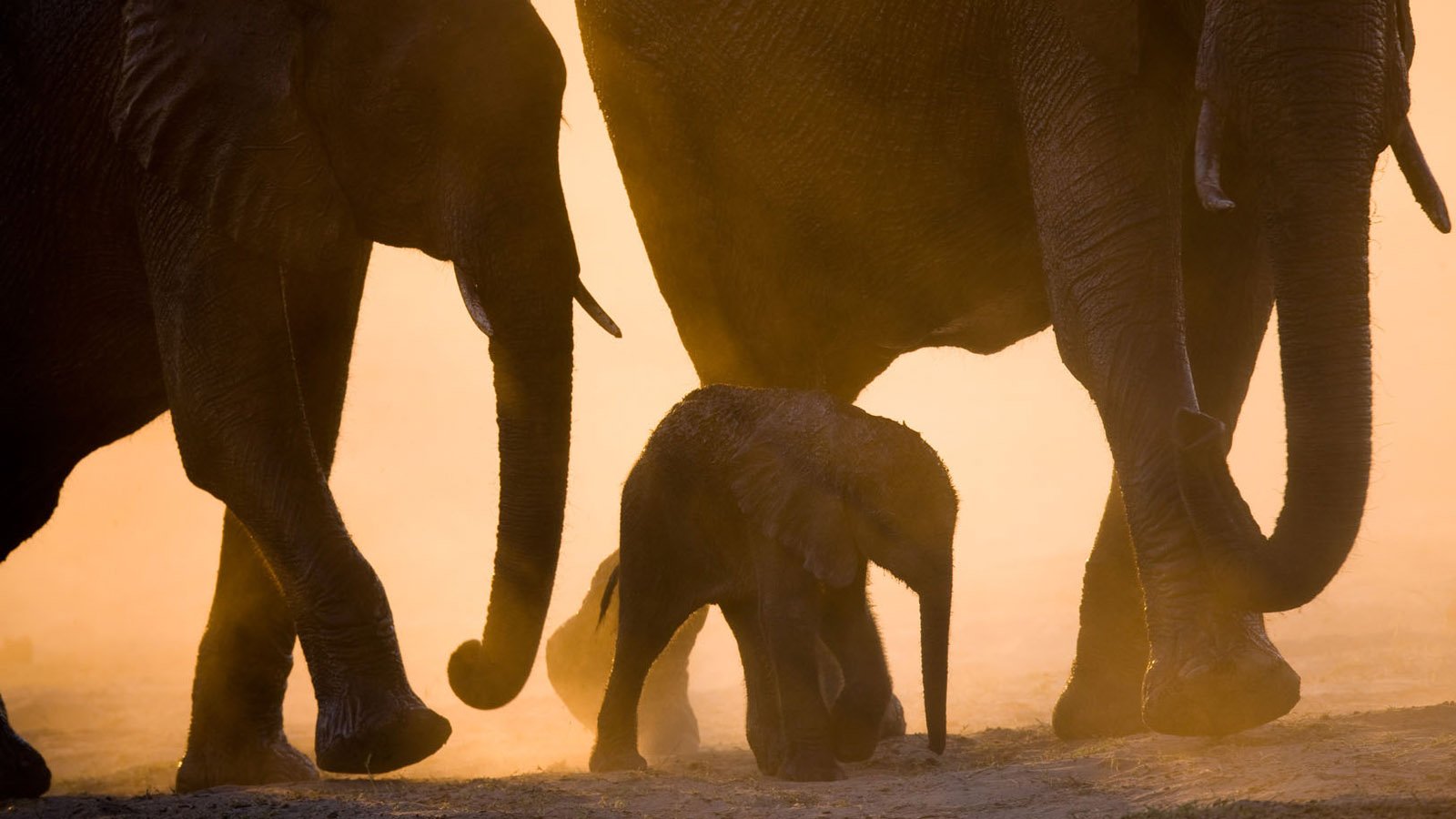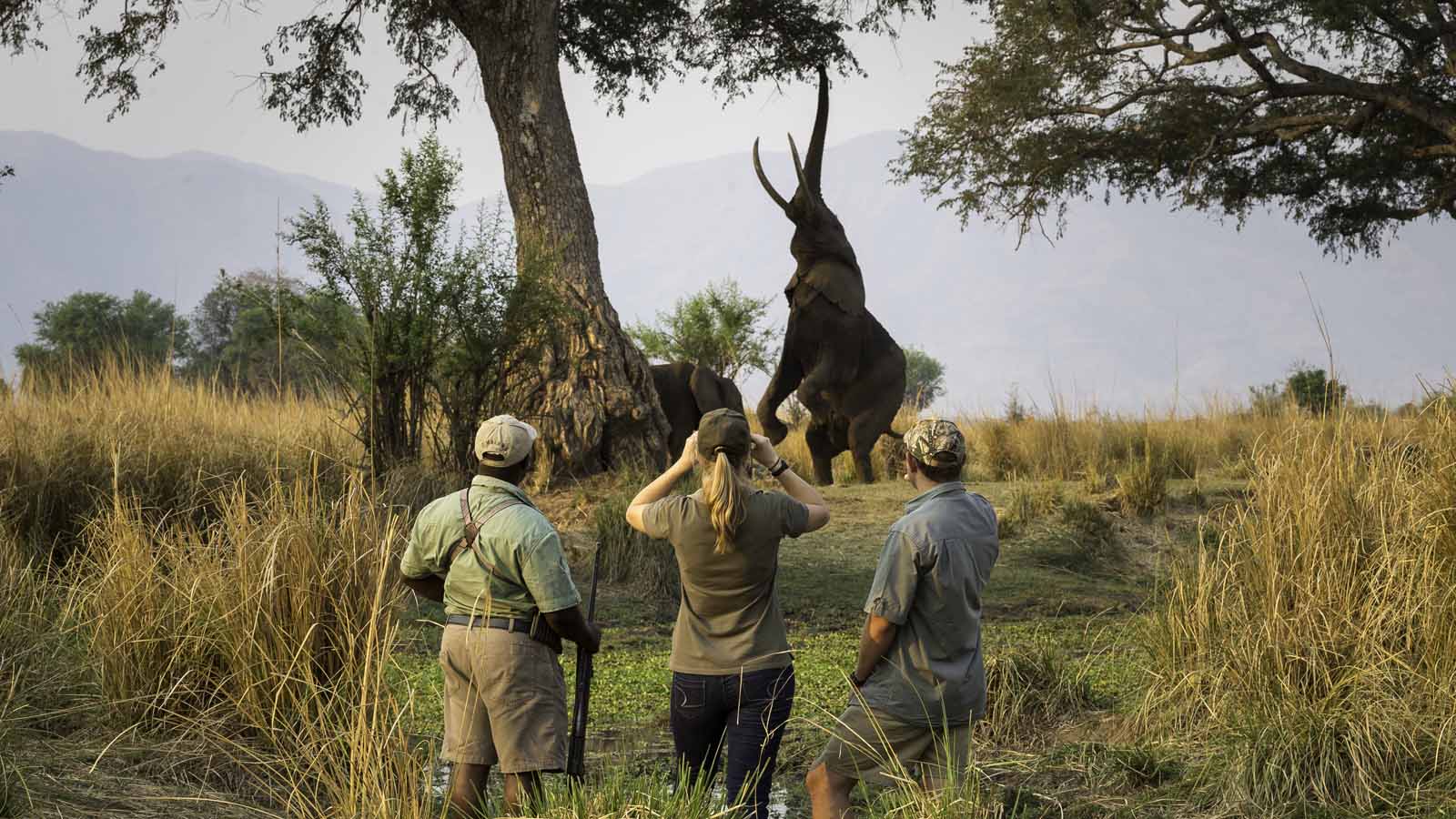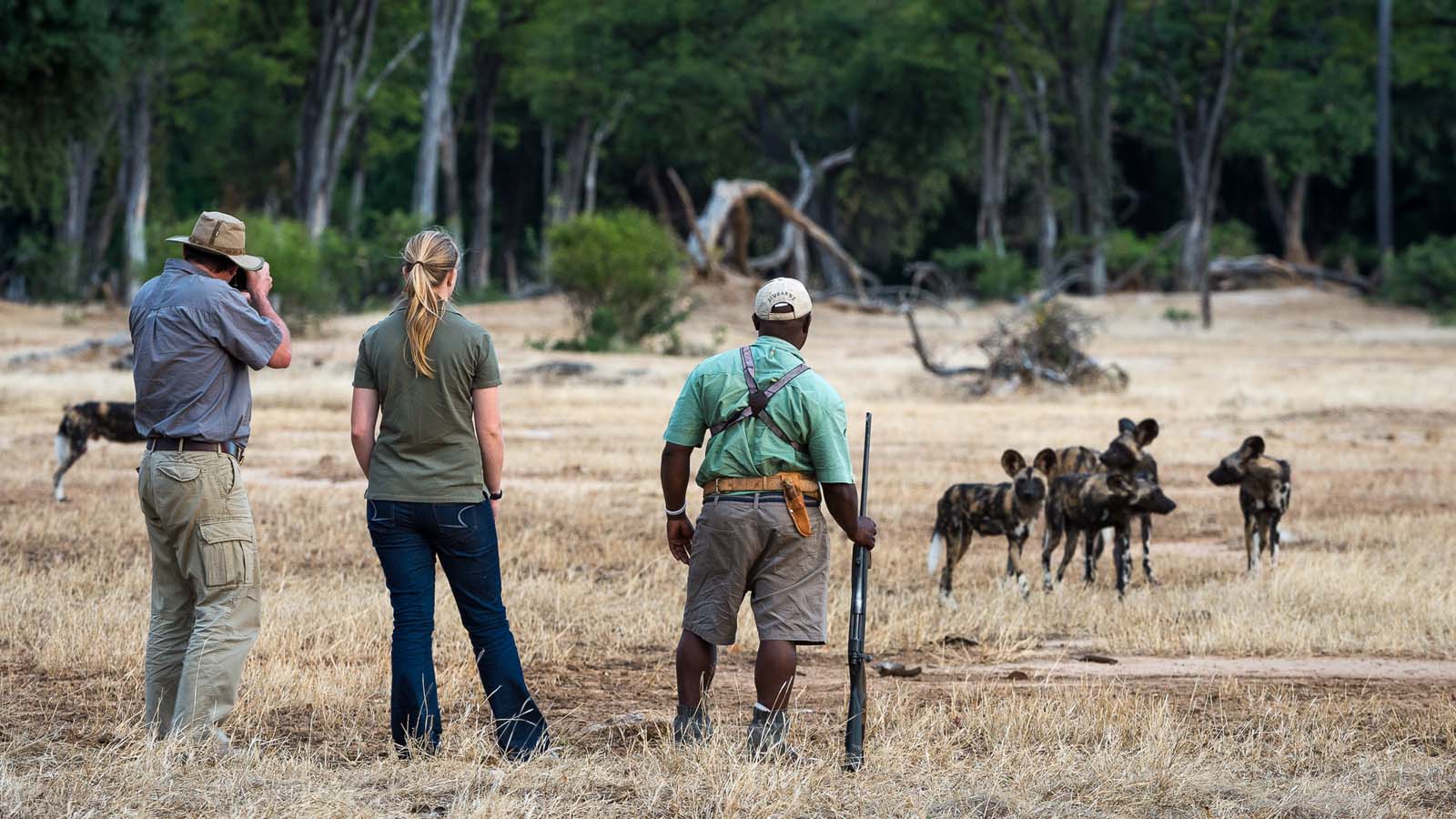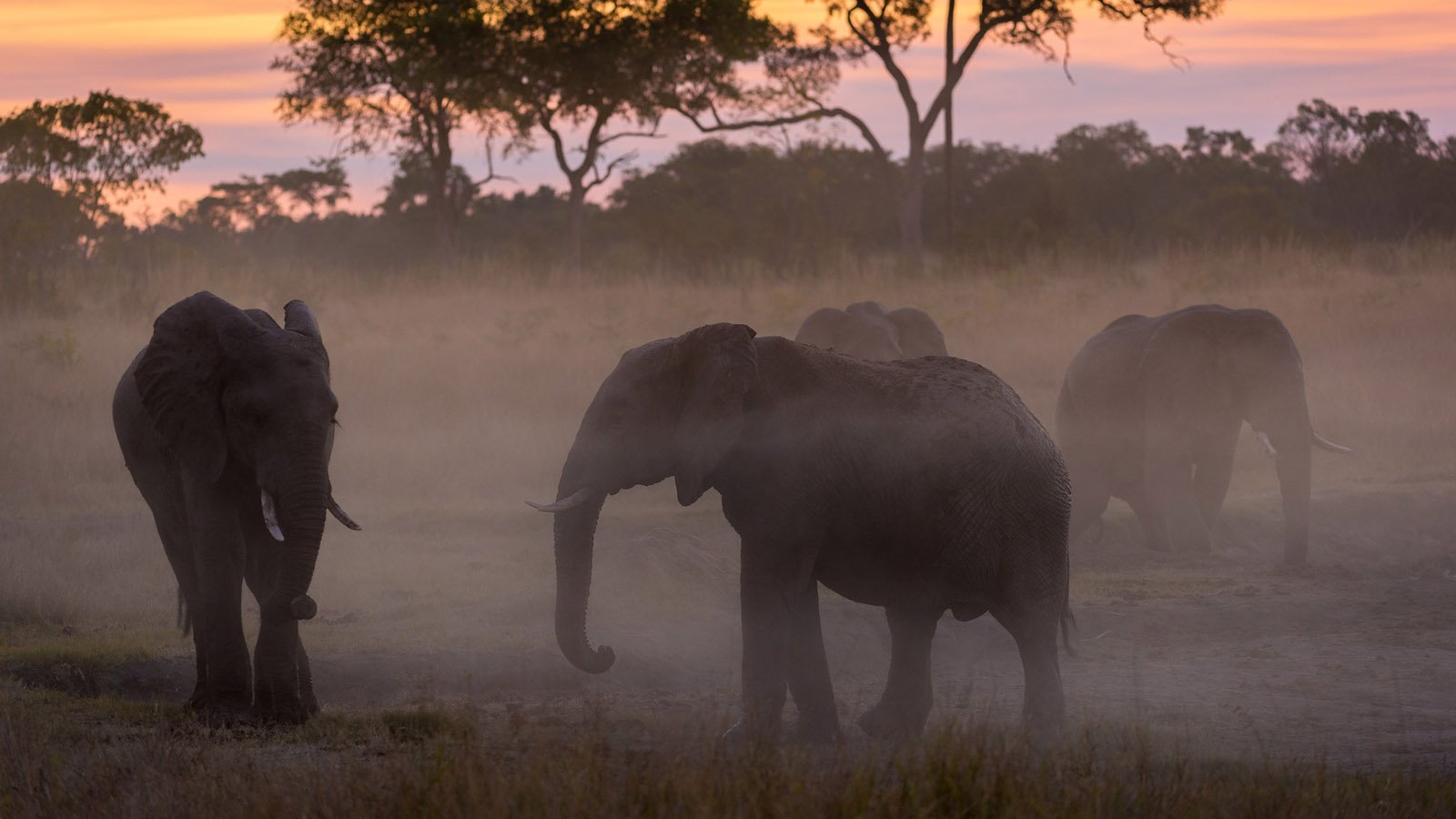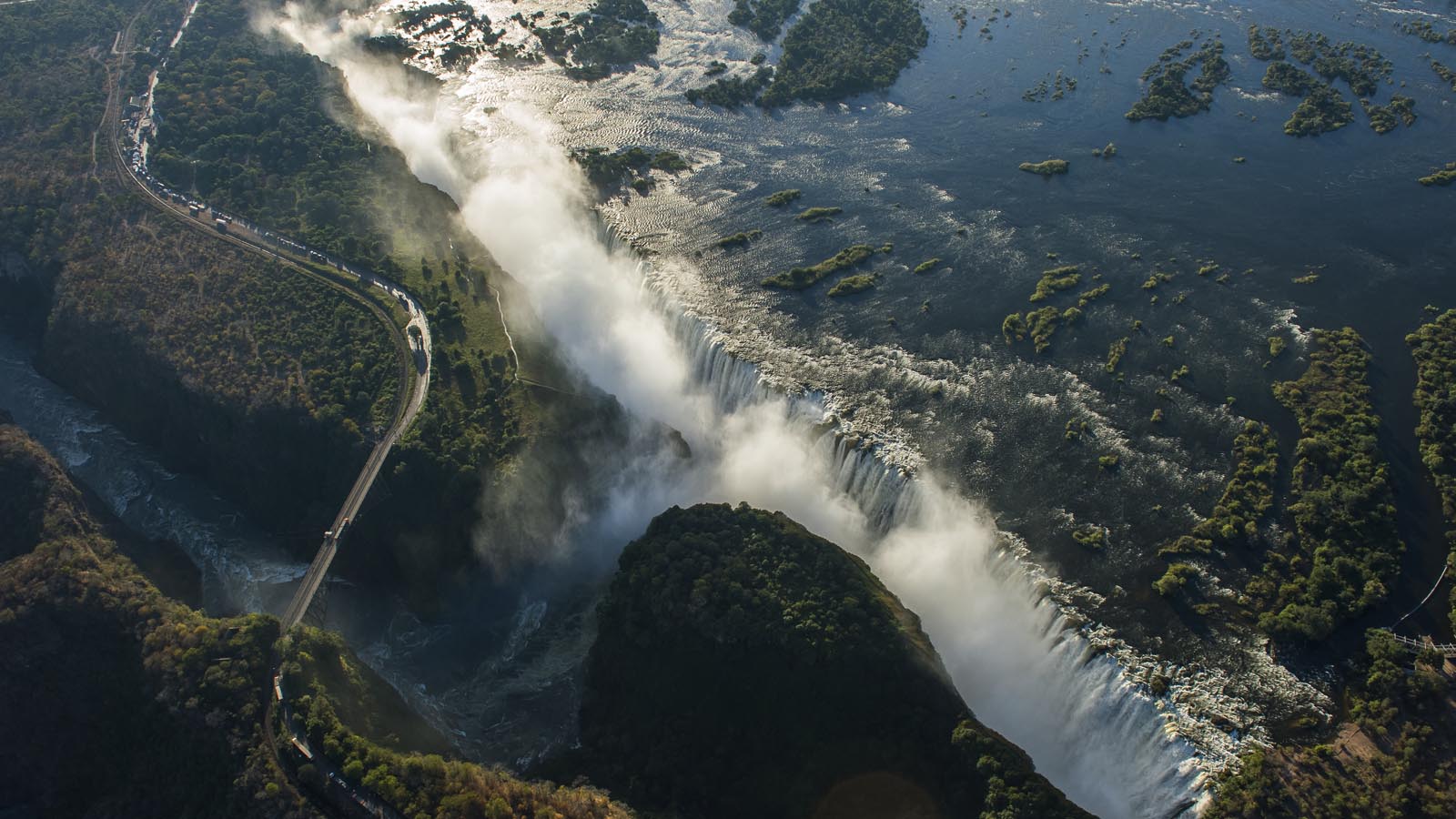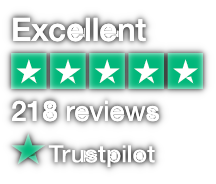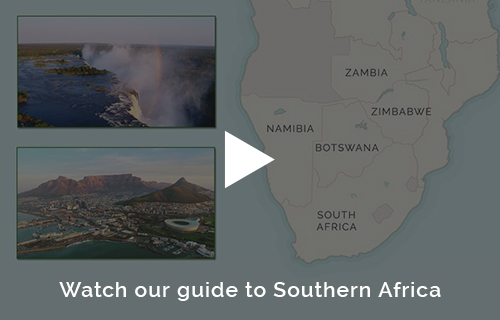OUR TOP PARKS
OUR TOP EXPERIENCES
Zimbabwe Holidays: 5 Top reasons to go
1. Zimbabwe’s geography – its diverse landscapes and habitats mean that a varied and exciting itinerary can be arranged without too many long journeys, and its location allows easy access to other African countries.
2. Zimbabwe has unquestionably suffered horrifically in recent years. However there is a silver lining: Zimbabwe now offers an untouched wilderness with not a tourist in sight (apart from the ones you brought with you). Now that the country is stable once more, we can’t recommend it enough for an exclusive wild adventure.
3. Hwange’s elephant and lion sightings! A much wilder experience than viewing these majestic beasts in Tanzania’s Serengeti or Botswana’s Chobe…
4. Whether or not you are a keen fisherman - fishing for tiger fish in Lake Kariba. Over 140 miles long and 20 miles wide, the lake itself lends itself to wonderful game viewing by canoe and is superb for big game fish.
5. Victoria Falls. Accessible as easily from the Zimbabwe as the Zambia side, the Falls are a formidable sight and this is a great spot for a host of adrenaline (and non-adrenaline) activities including bungee-jumping.
Where is Zimbabwe?
In geographical terms, Zimbabwe is a landlocked country in Southern Africa, about the size of California. Zimbabwe is characterised by a plateau which runs from the north east to the south west of the country at an altitude of around 1000-1500m. The Limpopo and the Lower Zambezi valleys are broad and relatively flat plains in comparison.
Victoria Falls is on the western most tip of the country, whilst the capital, Harare, is in the middle of the country (slightly to the north).
It is easily accessible from Cape Town, South Africa by a short flight making it perfect for those wishing to embark on the finery that Cape Town can offer.
Please see our detailed map of Zimbabwe below...
Zimbabwe: Some background
Sharing its history with much of Zambia, Zimbabwe was inhabited for hundreds of thousands of years by hunter-gatherers and early farmers. Europeans arrived in the mid 1800’s, and in the late 19th Century Cecil Rhodes spearheaded the colonisation of Zimbabwe for the British.
Zimbabwe’s recent history at the hands of Mugabe has been well-publicised internationally and has left a dark shadow over the country.This is a desperate shame, for Zimbabweans are a hospitable, warm and hard-working people and their country is as beautiful as it is untouched. Zimbabwe has begun the bitter climb out of its depression and visitors now report a safe and welcoming environment.
Is Zimbabwe safe?
Zimbabwe is an unbelievable safari destination and is generally safe to visit - please see the government guidelines though for up to date information on what's going on in Zimbabwe right now. Zimbabwe is a very family friendly option for a Southern Africa safari too, as the price of visiting here is half of, say, Botswana's and has equally world class wildlife, as well as some of the whole continent's best guides; keeping family members of all ages entertained.
the best Zimbabwe lodges
Zimbabwe Holiday Itineraries
Zimbabwe: When to visit
Zimbabwe’s climate follows the ITCZ (Intertropical Convergence Zone), with rains during November – March, however the altitude of much of Zimbabwe has an effect on the standard ITCZ climate pattern.
Zimbabwe: Where to stay
Hwange National Park:
Hwange is Zimbabwe’s premier game viewing location. A huge park to discover (15,000 sq. kms) with one of the greatest elephant populations in Africa. The absence of permanent surface water means that game viewing is exceptionally good around the waterholes. The park is blessed with large prides of lion and buffalo, as well as leopard, rhino, cheetah and spotted hyena. Along with its prolific mammal species Hwange has about 400 endemic bird species.
Hwange National Park’s landscape is exceptionally diverse; from dense teak forest to Kalahari sandveld. In between these two extremes are large open grassy plains lined with acacia, alongside mopane woodland and islands of ilala palms. Wildlife is good all year round especially from April to October, but between May and July temperatures can drop to below freezing so warm clothing is definitely essential.
Inside the park we favour the very long established and privately owned Hide Camp which regularly wins various "best camp" awards. Wilderness also run 3 great camps – Davison’s, Linkwasha and Little Makalolo, each in private concessions and with the reliably good service levels that you'd expect.
Lake Kariba:
Lake Kariba was created in the 50s to make one of the world's greatest man-made lakes - over 140 miles long and 20 miles wide. The lake itself lends itself to wonderful game viewing by canoe and river cruises as animals (especially elephant) come to the water’s edge to drink. The lake is also superb for bird life and keen fishermen will be delighted with the lake’s prolific big game fish, particularly Tiger fish.
As well as activities on the lake, the lodges offer drives and guided walks into Matusadona National Park. The park is a stunning combination of flat plains and rugged mountain country and, has large elephant and buffalo herds.
There are two places to stay, both superb in their own way - the newly revamped and exceptionally luxurious Bumi Hills and Changa Safari camp. Both have spectacular views over the Matusadona Mountains as well as spectacular fishing with the chance to catch Tiger fish.
Mana Pools:
Mana Pools is a superb though seasonal park, located on the Zimbabwean side of the Zambezi, opposite the Zambian Lower Zambezi National Park. It is closed from December to March each year because of the rains and it is famous as a walking park although still offers game viewing by game drives or canoe. Wildlife viewing is excellent, with large concentrations of buffalo and elephant along the river's edges, while predators such as lion, wild dog and leopard are often sighted. Whilst general game levels are high, it is the up close and personal interaction with elephant, hippo, croc and lion that serve as the real drawcards.
Ruckomechi, also known as the elephant's favourite camp, is situated on a large private concession in the heart of the Zambezi Valley’s Mana Pools National Park, looking out from the banks of the mighty Zambezi River. It is a remote, beautiful place with spectacular views of the broad flowing river, adjoining well-defined tree canopy and the mountains of the Rift Valley escarpment over the border in Zambia.
Victoria Falls:
Located on the border of Zimbabwe and Zambia, the Victoria Falls or Mosi-oa-Tunya meaning the 'smoke that thunders' is the world’s largest curtain of falling water and one of Africa's most famous sites.
Justifiably it is one of the natural wonders of the world and the Falls are a must see on any itinerary to Southern Africa. The Falls are best viewed from the Zimbabwean side, though with the univisa allowing free access to both Zim and Zam it is worth seeing the falls from both sides. As well as the famous adrenaline activities such as white water rafting, bungee jumping and micro-lighting over the falls, there are a number of more sedate and interesting activities including walking with lions or with elephants, and cruises and canoe trips on the calm waters of the Upper Zambezi.
The Victoria Falls Hotel, popularly known as “the grand old lady of the Falls”, is situated in the Victoria Falls National Park, a world heritage site, and is a member of the exclusive Leading Hotels of the World group.
Set in lush tropical gardens with lily ponds, palm trees and semi-tropical shrubs, it provides the tranquillity and seclusion that many guests seek. The famous Victoria Falls are just a ten-minute walk away using the hotel’s private pathway, and “the smoke that thunders” or “Mosi-O-Tunya” in the local dialect, is clearly audible and visible from this luxurious landmark.
More Information
For some helpful insights, tips and general travel advice for your holiday to Zimbabwe, follow these links to find out more:
Safari Honeymoons
Choosing Luxury Safari Acommodation

